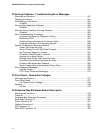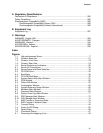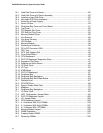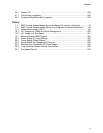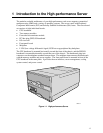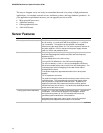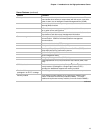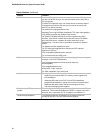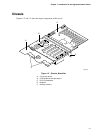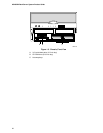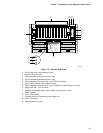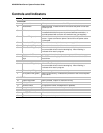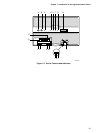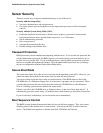
Chapter 1 Introduction to the High-performance Server
19
Server Features (continued)
Feature Comment
Front panel board The front panel board provides the user interface to the server. The
board allows other servers to communicate with this server, even while
power is down, via an Intelligent Chassis Management Bus (ICMB).
Push-button switches control power-up, reset, and nonmaskable
interrupt (NMI) functions.
LEDs indicate power on, power supply failure, hard drive failure, or a
fan or other server cooling failure.
An LCD panel provides information about boot status, available number
of processors, and other server management information.
Server management Interintegrated circuit bus (I
2
C) for diagnostic and intrachassis
communication. ICMB for interchassis platform management
communications.
Real-time clock/calendar (RTC).
Front panel controls and indicators (LEDs).
Basic Input/Output System (BIOS), Power-on Self Test (POST), and
Setup Utility stored in a flash memory device.
System Setup Utility (SSU).
SCSI Configuration Utility.
Emergency Management Port (EMP) Utility.
Field Replacement Unit (FRU) and Sensor Data Record (SDR) Load
Utility.
CPU baseboard The baseboard supports up to four Pentium
®
II Xeon
™
processors,
each processor is packaged in a Single Edge Contact (S.E.C.)
cartridge; the baseboard supports two memory modules.
Pentium II Xeon processor
packaged in an S.E.C. cartridge
The cartridge includes the processor core and L2 cache components.
Memory module Each memory module supports up to 4 GB of ECC memory using
sixteen 72-bit dual inline memory modules (DIMMs). (The CPU
baseboard requires two memory modules, one must contain DIMMS.)
continued



